Affiliate links on Android Authority may earn us a commission. Learn more.
Everything you want to know about Qualcomm's aptX Bluetooth codec
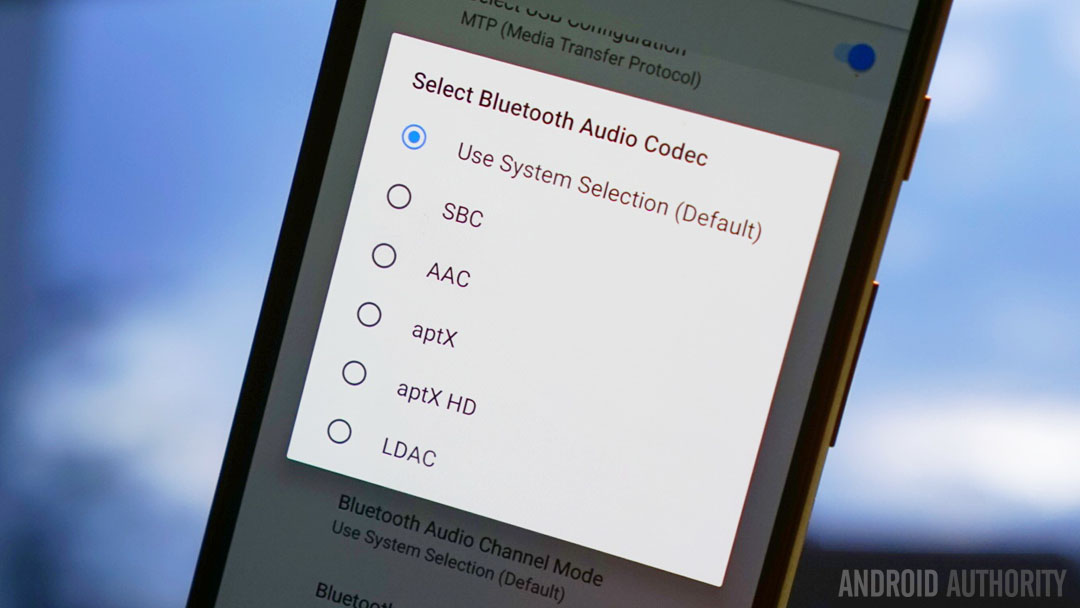
Bluetooth audio is continuing to gain traction in smartphone space, what with the 3.5 mm audio jack disappearing from some models and manufacturers continuing to produce better and better wireless headphones. As such, we’re hearing more and more about various wireless audio technologies too, like Qualcomm’s aptX codec, for example.
The technology popped up again recently following the discovery of a Google Issue Tracker report that suggests that Google isn’t going to implement support for Qualcomm’s Bluetooth codec on the Nexus 5X and 6P. This news has been a little disappointing to some, as making codec choices more transparent is one of the most promising new features for audio buffs in the upcoming Android O release. If you’ve been wondering what all the fuss about, here’s everything that you need to know.
What is a Bluetooth codec?
The word codec is banded around a fair bit in the audio space, and can mean quite a few things depending on what you’re talking about. When it comes to wireless audio through, an audio codec is simply the software method of encoding and decoding a digital stream of data that’s sent wirelessly between two devices. In other words, it’s how we format those 1s and 0s that we’re going to be sending over the air.
A Bluetooth audio codec is the software method of encoding and decoding a digital stream of data that's sent wirelessly between two devices.
Different codecs send audio data using slightly different data formats, use different standards to perform handshakes between compatible devices, and can also introduce their own compression technologies in order to balance sound quality against package size. Compression is a bit of a dirty word to many in the audio space, but it’s still required if we’re going to send data over Bluetooth, which is a rather slow wireless standard.
What this means in a nutshell is that different Bluetooth codecs are not only compatible with different pieces of hardware, but can also result in differences in audio quality, latency, and connection quality. All Bluetooth devices have to support the standard Low Complexity Subband Coding (SBC) codec by default, but historical implementations of SBC have varied widely in quality. To offer more consistency to users, some companies have developed their own Bluetooth codecs that are often licensed out to hardware companies. AAC is a proprietary format and successor to the MP3 used by Apple and others, Sony has its in-house LDAC, and Qualcomm offers aptX.
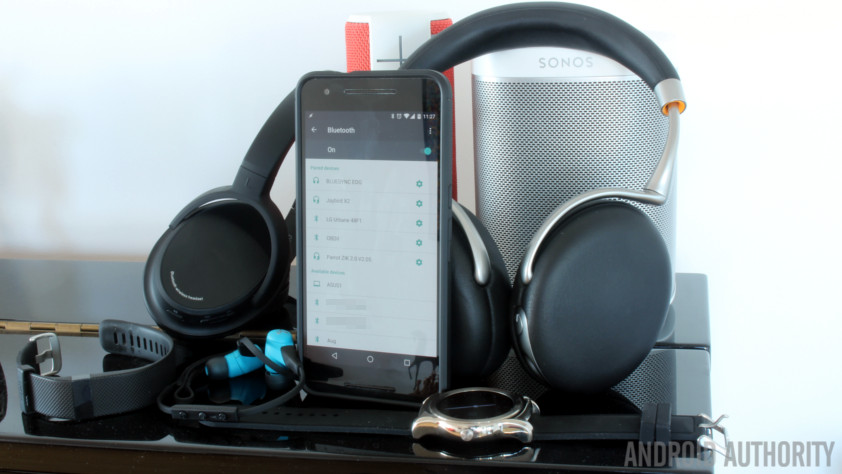
aptX is actually already 28 years old, and has its routes in the broadcasting industry. The company has a few variations of its technology over the years, including Enhanced aptx, aptX Live, Lossless, and Low Latency. All of these are designed for specific use cases across the audio industry, ranging from professional broadcasting to live performances and conferences.
In terms of smartphones, the standard aptX codec is available in a huge number of devices, and the newer, higher quality aptX HD standard has also appeared in a few handsets too. However, support is not universal in the Android space. So the big question is why were Nexus 5X and 6P owners a little miffed that they won’t be able to use the standard?
Why you’d want to use aptX
As I mentioned briefly, Qualcomm’s aptX neatly addressed some of the consistency problems with the default SBC codec supported by all devices. At a minimum, SBC is configured for low variable bitrates at under 200 kbps, which isn’t going to provide the best sound quality. Theoretically, SBC can operate at better bitrates up to 345 kilobits per second, and the introduction of A2DP profiles allows for direct MPEG and ATRAC audio format transfers wirelessly too. However, support for these features is optional and varies widely from device to device, including wireless headphones and speakers.
aptX offers up a better signal-to-noise ratio in important frequency ranges and lower latency than standard Bluetooth.
Qualcomm’s aptX exists, in part, to provide a guaranteed feature set and consistent audio quality across all compatible products. aptX transfers audio at a set 352 kbps bitrate for a 16-bit 44.1 kHz stereo file. That’s a 4:1 compression ratio compared with an uncompressed file and enough data to send roughly the equivalent of top notch MP3 file over the air. Now, comparing bitrates isn’t an exact science with audio as there are other things to consider, such as the compression method, that affect audio quality too.

What’s particularly interesting about aptX’s compression technology is that it uses a technique called split-band adaptive differential pulse-code modulation (ADPCM). Essentially, this splits the audio frequency spectrum into four frequency bands, each with their own bit-depth and therefore signal-to-noise ratio. This technology also transmits the quantization difference between the original sample and the next predicted sample, rather than sample by sample data, which also means that it’s a more transparent technology for sending audio that’s already been compressed, such as an MP3 file.
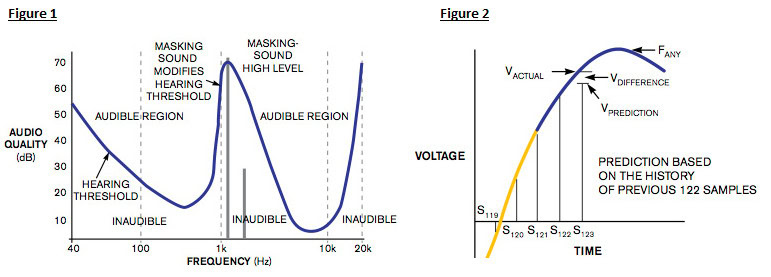
I’ll spare you further technical gobbledegook, sufficient to say that this is very different to the masking models used by formats such as MP3 and allows for better data compression than SBC. Testing shows that aptX has a better signal to noise ratio below 5 kHz than SBC, frequencies that house the vast majority of musical audio content. So, you should be able to pick out finer details in most instruments and vocals when listening via aptX, if you’re souce material is of a high enough quality.
Qualcomm’s codec can also have a faster conversion rate than the algorithms used by SBC and can transfer data packets more efficiently. This means that it can take your source audio, convert it into Qualcomm’s format, sent it, and decode it at the other end faster. This equates to lower latency, an important factor for wireless audio when it comes to watching video content that requires lip syncing. For numbers, Qualcomm’s Low Latency solution sees latency fall somewhere in the region of 40ms, although this can rise to 150ms if the older codec is used. SBC clocks in anywhere between 100 – 150 ms, and AD2P varies between 40 and 150 ms depending on any conversion requirements.
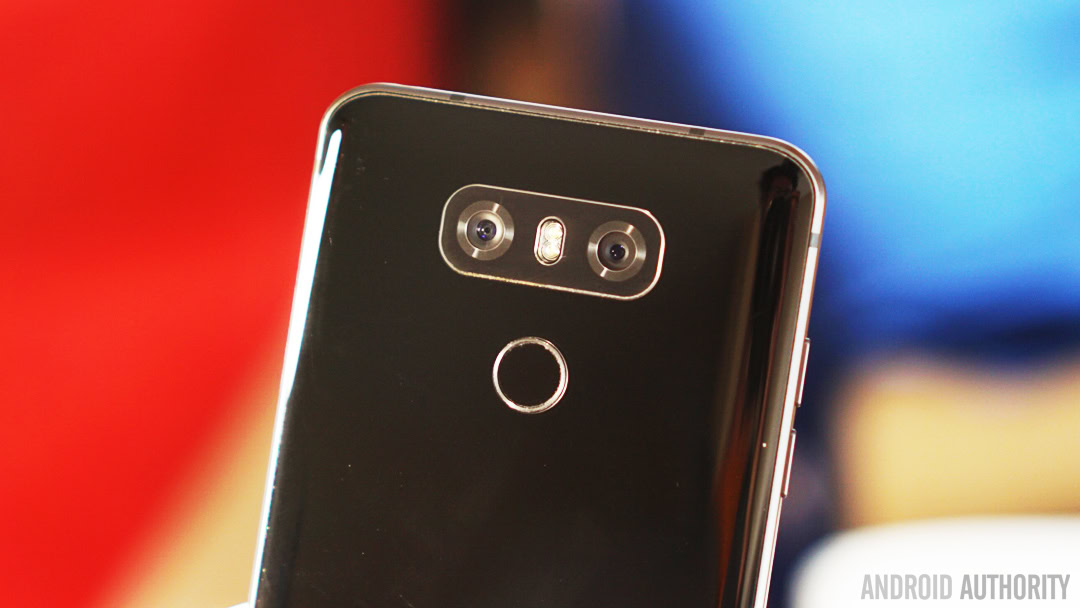
What about aptX HD?
Qualcomm’s newer aptX HD format was introduced to make use of faster Bluetooth profiles for superior audio quality. It’s essentially just an evolution of the same ADPCM technology, but offers up extra bit-depth and therefore noise performance in each of the sub-bands.
The HD version improves the quality of Qualcomm’s compression by increasing the bit-depth of these frequency bands by 2 extra bits, bringing the bit-depth in the four bands up to 10, 6, 4, and 4 bits, respectively. As you can see, the lowest frequencies, those below 5 kHz, still retain the best bit depth.
Although Qualcomm states that aptX HD supports higher resolution 24-bit and 48 kHz sample rate audio files, this codec is still based on a lossy compression technology, and therefore still won’t sound flawless compared with uncompressed source material to those with the most discerning ears. If you’re intro bit-rate comparisons, Apt HD manages 576 kbps, far surpassing the capabilities of SBC.
Why some handsets don’t support aptX
Wrapping back to the Nexus 5X and 6P situation, some have been wondering why these handsets don’t support Qualcomm’s Bluetooth standard, even though the hardware appears to be the same as other models. Given that Snapdragon mobile platforms have all included integrated Bluetooth for a while now, there’s no hardware reason as to why nearly all Android phones can’t support this standard.
Most likely, the proprietary nature of Qualcomm’s codec means that there are additional licensing fees involved and Google simply isn’t interested in paying these fees for older handsets. There’s also the question of how easy it would be to enable these features in software, although that’s likely a more minor issue. The licensing situation is similar with Qualcomm’s Quick Charge, WiPower, and in-house camera features.
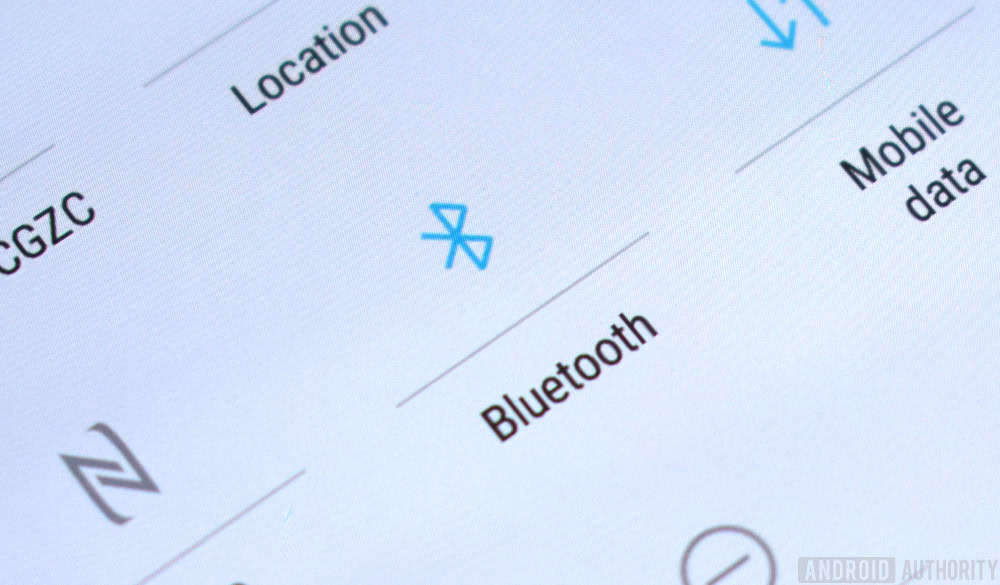
In summary, Qualcomm’s aptX standard has a number of benefits over the standard Bluetooth audio implementation and is fortunately supported in around 70 percent of Android smartphones to date. Given its prevalence in the Android space, it’s certainly a feature to keep an eye out for when buying compatible audio products.
However, Qualcomm isn’t the only company is the custom codec game, Sony’s LDAC is another popular one. Furthermore, none of these technologies are a guarantee of good end quality if your source material or headphones/speakers are a bit naff, but they do help ensure that Bluetooth isn’t going to be the bottleneck.